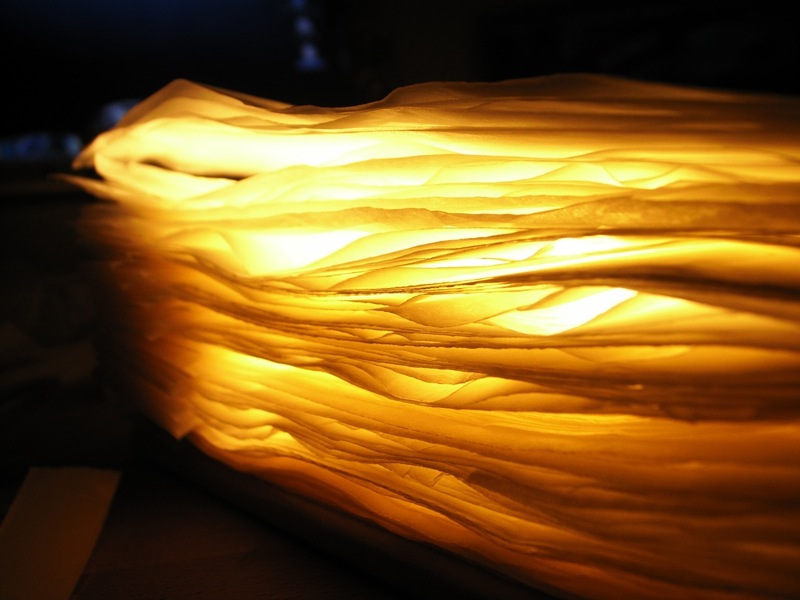
There's not too many description about their shop, their approaches to merchandising on the NPG website. But there's something I regarded has great potential to explore.
Portrait Printer:

They provide this print-on-demand service in the shop where you can chose from over 60,000 images in their archive collection and get a digital print. This service is also available online. There's a similar service called
Collectors' Reproductions which provides high-quality reproductions for collectors.
Portrait Explorer:
Another interesting thing is the Portrait Explorer located on the National Portrait Gallery's ground floor mezzanine, which provides visitors with touchscreen access to over 30,000 sitters and artists and 65,000 portraits in the Gallery's Collections.
I find there's great potential and possibility within the two exciting elements yet to be explored. One thing is about the media, those great portrait can be printed on different format rather than just poster which will easily become an obsolete object at home; the printing process could even involves some innovations rather than just simply reproduction. Another thing is the wonderful digital database could be designed to form a better gallery experience. Imagine the Portrait Explorer as not just a education center but a more integrated part of the whole exhibition and the shop. In this way visitors can GET things they really favor during the visiting process and get the object when they leave the gallery.
The last part I'll list some of the products from the gallery shop. ( you can also find them in the online shop ) They are all categorized by the four types I mentioned in last post.
Special Collection Products:
the special exhibition is Annie Leibovitz : A Photographer's Life, 1990-2005

Red and grey scarf
£35
Quote from the online shop "It captures the colours associated with the current exhibition at the National Portrait Gallery."
Logo Type Products:
National Portrait Gallery black canvas bag with red handle
£5.00Gallery-Related Products:
Grey quill dipping pen
£3.83
Yvonne Gregory coin purse
£7.50
Dame Ellen Terry compact mirror
£3.50
Kings & Queens mint chocolates
£3.95
Famous Faces Playing Cards
£6.80
Adelaide party mask
£1.91
Magnet Frame Charles I
£5.82
Taylor Wessing Photographic Portrait Prize 2008 poster
£4.90
Replica life mask of John Keats
£57.74A replica of the John Keats life mask held in our collection, hand cast in plaster, and coloured to simulate the original. The complete head is 300 mm high and stands on a small base.
Other Products:
Table top postcard display
£18.99
Small black journal
£14.69
The London Mug
£9.50
King Henry VIII Magnetic Armour Dress-Up Set
£10.75
































